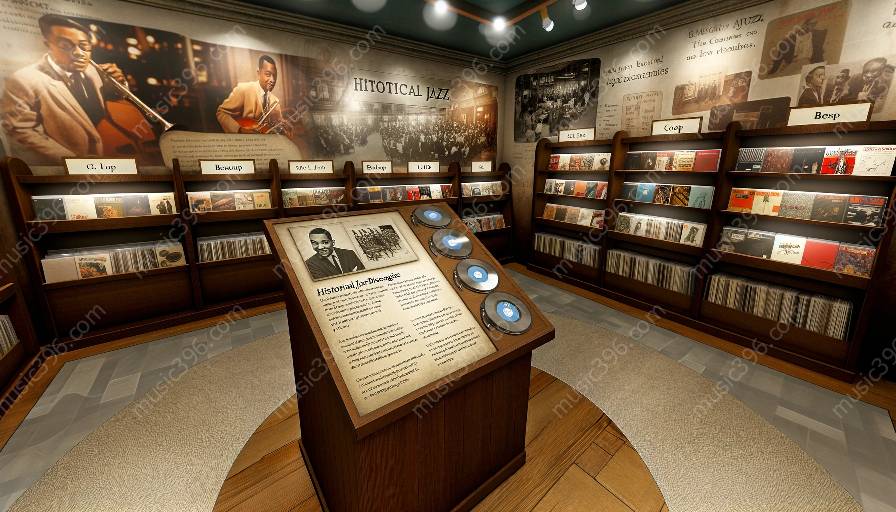Jazz music has evolved over the decades, giving rise to a diverse array of genres and styles that have captivated audiences worldwide. The evolution of jazz has been influenced by various cultural, social, and musical factors, resulting in an ever-changing landscape of sounds and expressions. In this exploration of jazz genres and styles, we will delve into the history, characteristics, and key figures of different subgenres, highlighting the rich tapestry of jazz music and its impact on the global music scene.
The Birth of Jazz: Early Roots and Influences
Jazz music traces its origins to the African-American communities of New Orleans in the late 19th and early 20th centuries, blending elements of African rhythms, European harmonies, and brass band traditions. The early pioneers of jazz, including Buddy Bolden, Jelly Roll Morton, and Louis Armstrong, laid the foundations for the genre through improvisation, syncopation, and a vibrant, energetic style. The birth of jazz represented a radical departure from traditional European music, incorporating blues, ragtime, and spirituals into a new and innovative form of musical expression.
Dixieland and Traditional Jazz
One of the earliest jazz subgenres to gain widespread popularity, Dixieland jazz, also known as traditional jazz, emerged in the early 20th century and became synonymous with the vibrant jazz scenes of New Orleans and Chicago. Characterized by its spirited ensemble playing, collective improvisation, and upbeat melodies, Dixieland jazz brought a festive, celebratory energy to jazz music, with artists like King Oliver, Kid Ory, and the Original Dixieland Jazz Band pioneering this joyful and infectious style.
Swing and Big Band Era
The swing era of the 1930s and 1940s witnessed a major evolution in jazz music, marked by the rise of big bands and swing orchestras that captivated audiences with their danceable rhythms, sophisticated arrangements, and charismatic bandleaders. Led by iconic figures such as Duke Ellington, Count Basie, and Benny Goodman, swing music became a staple of dance halls and radio broadcasts, defining an era of exuberant, elegant jazz that continues to resonate with audiences today.
Bebop and Modern Jazz
As jazz continued to evolve, the bebop movement emerged in the 1940s, signaling a shift towards a more complex, virtuosic style of jazz characterized by fast tempos, intricate harmonies, and improvisational prowess. Bebop pioneers like Charlie Parker, Dizzy Gillespie, and Thelonious Monk revolutionized jazz music, introducing new harmonic concepts and improvisational techniques that pushed the boundaries of the genre and laid the groundwork for modern jazz innovations.
Hard Bop, Cool Jazz, and Modal Jazz
In the 1950s and 1960s, jazz continued to diversify into subgenres such as hard bop, cool jazz, and modal jazz, each offering unique stylistic elements and artistic visions. Hard bop, epitomized by artists like Art Blakey, Horace Silver, and Lee Morgan, brought a soulful, bluesy edge to bebop, infusing the music with a raw, emotive energy. Cool jazz, associated with musicians like Miles Davis, Chet Baker, and Dave Brubeck, emphasized a more introspective, laid-back approach to jazz, creating a cooler, more relaxed atmosphere. Modal jazz, popularized by Miles Davis'





























